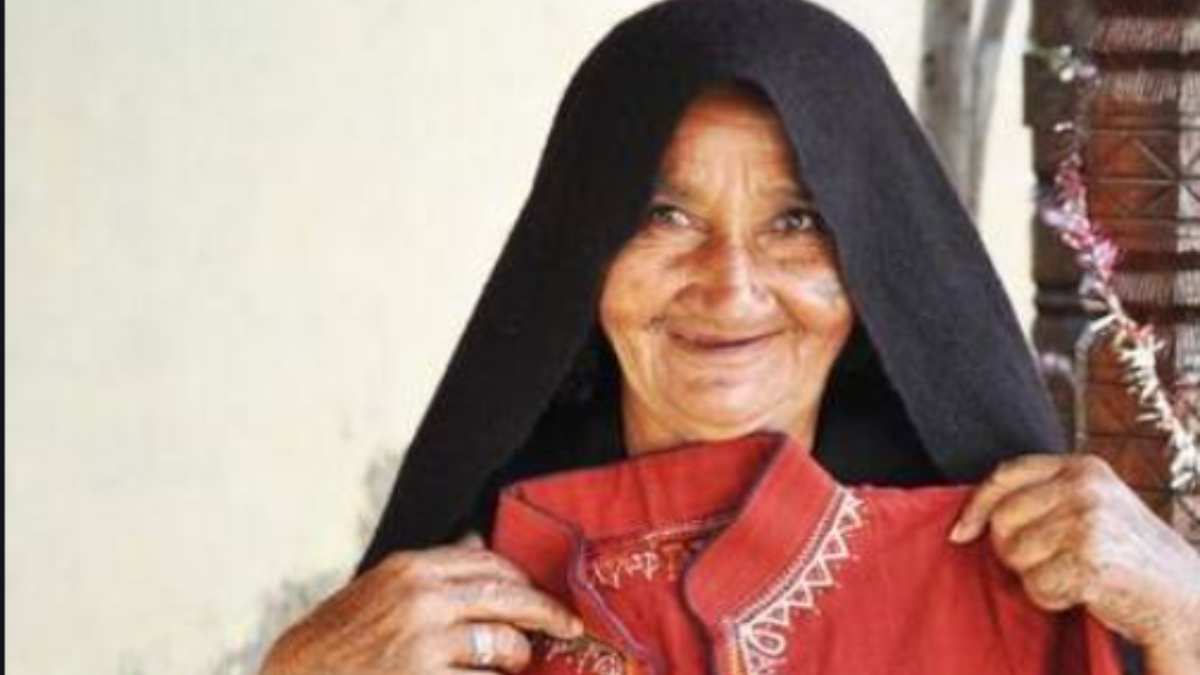


At a time when apocalyptic news has overtaken human lives, our tradition, heritage and roots in the form of our classical art and craft could have acted as an elixir. But unfortunately, it is the most neglected sector during the Covid-19 pandemic.
While India has started unlocking itself and the government is helping most ailing sectors financially, the art and craft fraternity and its needs seem to have sunk into oblivion. Sanjoy Roy, MD, Teamwork Arts, says: “More than 400 million Indians receive their primary or secondary source of income from art and culture sector and since everything is shut down, this sector is bleeding. If art-related daily wage earners do not sell their art, they do not have anything to eat. They do not come under any existing scheme. This sector contributes to the diversity of the country.”
Another well-known name in the sector, Jaya Jaitly says that artists should look at this as an opportunity and try to go online to get as many buyers as possible. She states, “Ever since the lockdown has started my whole team has called 400 artisans across the country asking their feedback. All were well and proud to be able to live through during this period and are helping other artisans too. I found a lot of positivity in their voices. We taught them how to go digital and use Zoom.”
Many in the private sector like Jonathan Kennedy, director, Arts India, British Council, says that his organisation is doing everything they can to help out artists, especially women, in these difficult times. He elaborates, “The current situation is concerning. We are trying to promote education and growth. We are looking at the role of the British Council with other organisations such as our partnership with Craft Village at this time of uncertainty. We are also focusing on the marketing of arts, artisans and let them reach a global level. We are aiming at women empowerment as 50% of the people in this sector are women.”
Craft Village works for the promotion of endangered Indian arts; it organised a week-long digital dialogue to reach out to as many craftsmen as possible and ensure their voice reaches the public. Its founder, Iti Tyagi, says: “I have been doing events for the last three to four years as British Council has been encouraging artists to come forward and share creativity. I wondered how to bring millions of artists on the forefront during this lockdown. Hence it became quite crucial for me to make the artists comfortable with the digital medium. My digital initiative was a test to encourage those people, who are not well-versed with the digital world.”
It’s not just these organisations, artists themselves are trying to adapt to the digital medium. Shakir Ali, famed for Mughal miniature paintings, says: “During this period going online is our only option as at least for a year, we will not see any events, exhibitions, and tourist visits. Hence digital medium will play a vital role in providing a platform to our creations. But the intricacies of paintings that could have been seen and felt in person will be affected in the digital world. The clarity of work will be hampered.”
While some are trying to adapt, for others it’s been a lost opportunity, as in the case of miniature artist Nisha Jaiswal who lost an opportunity to exhibit abroad. She asserts, “I had an exhibition in the United States but due to coronavirus, it has been cancelled. Though it’s disappointing, I am keeping myself busy by creating as much artwork as I can these days.”
National awardee Manisha Jha feels government intervention is the need of the hour. She elucidates, “Till now the craft sector has sustained because of the government’s backing. Hence they need to think about hundreds and millions of artisans who are working in this sector. Only a government programme will help in taking care of the interest of artists.”
Many young artists including Bahaar Rohatgi have taken to the new medium of online sales such as Instagram to reach out to a large number of people. “Being a fine artist with a limited audience, I took to Instagram directly. Fine arts may not be people’s necessity but I wanted to generate interest in their minds,” she adds.